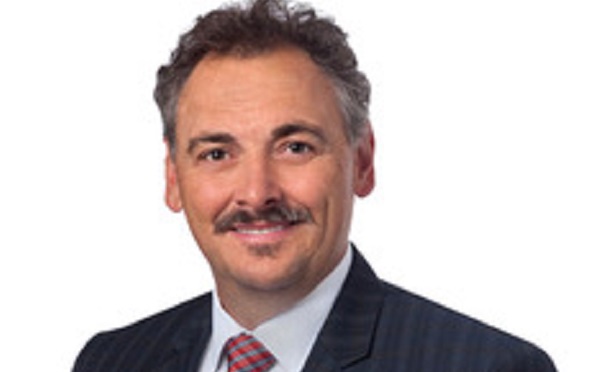Chicago, IL— Consumers are increasingly savvy and involved when it comes to managing their own healthcare. As a result, when it's time to seek medical attention, patients want healthcare professionals to provide care on their terms regarding location and hours. Nowadays, busy consumers are streaming into urgent care centers, freestanding emergency rooms and doctors' offices located in convenient retail shopping centers to access their medical care.
Welcome to the retailization of healthcare.
According to Accenture, at the end of 2017, there were an estimated 2,800 medical clinics in retail spaces across the United States. This number grew from 351 in 2006 –up 47% in the last three years alone. Applying that growth rate to the healthcare industry broadly, the number of healthcare tenants in retail locations could nearly double by 2022.
“With millions of people having access to healthcare through the Affordable Care Act, millennials and the elderly now have a voice in how they want their healthcare distributed to them. For a lot of people, location and convenience are very important,” says Chad Pinnell, JLL's Managing Director of Healthcare Solutions.
Instead of it being a doctor-centered industry, it is now a patient-centered market where not only does the physician have compassionate bedside manners, but also the nurses, receptionist and the rest of the office staff. New facilities, housed in retail centers, are warm and inviting and can even feel like a coffee shop.
“After all, the way you feel about your healthcare environment affects your overall health,” says Pinnell. “We feel good when we are warmly welcomed by the office staff and a friendly environment just feels better even when you are receiving bad news.”
A lot of the growth that we are seeing in retail centers are urgent care clinics as venture capitalists and private equity firms jumped into these investments pretty quickly. Healthcare is quickly learning about co-tenancy and they are also realizing that 80% of women make the healthcare decisions in their family and these women are looking for convenience and a “one-stop” shop kind of healthcare, Pinnell tells GlobeSt.com.
Primary care, oncology and specialty care offices are all finding success in retail centers. Examples include Dana-Farber Cancer Institute's new 34,000-square-foot outpatient facility in an open-air shopping center in Massachusetts, and the Leonard Cancer Institute's new 104,500-square-foot medical office building alongside a regional mall in California.
“We are now seeing models which integrates healthcare, retail and grocery shopping all in one location. For instance, they can go see their healthcare provider, get a referral to the nutritionist located in the adjoining grocery store as well as a recommendation for healthy meals at the nearby meal prep stores and then you can finally run over to the sporting goods store to get those running shoes since you need to get healthier. All that can be done in one location where you won't even have to get back into your car after initially parking, explains Pinnell.
The retailization of healthcare is cutting costs for both the consumers and the healthcare system which serves them. Some health systems are moving faster into retail than others, however as they have to determine how to put provider payment systems in place plus work through how and where care is delivered. Either way, the retailization of healthcare is here for the long haul.
© 2025 ALM Global, LLC, All Rights Reserved. Request academic re-use from www.copyright.com. All other uses, submit a request to [email protected]. For more information visit Asset & Logo Licensing.








